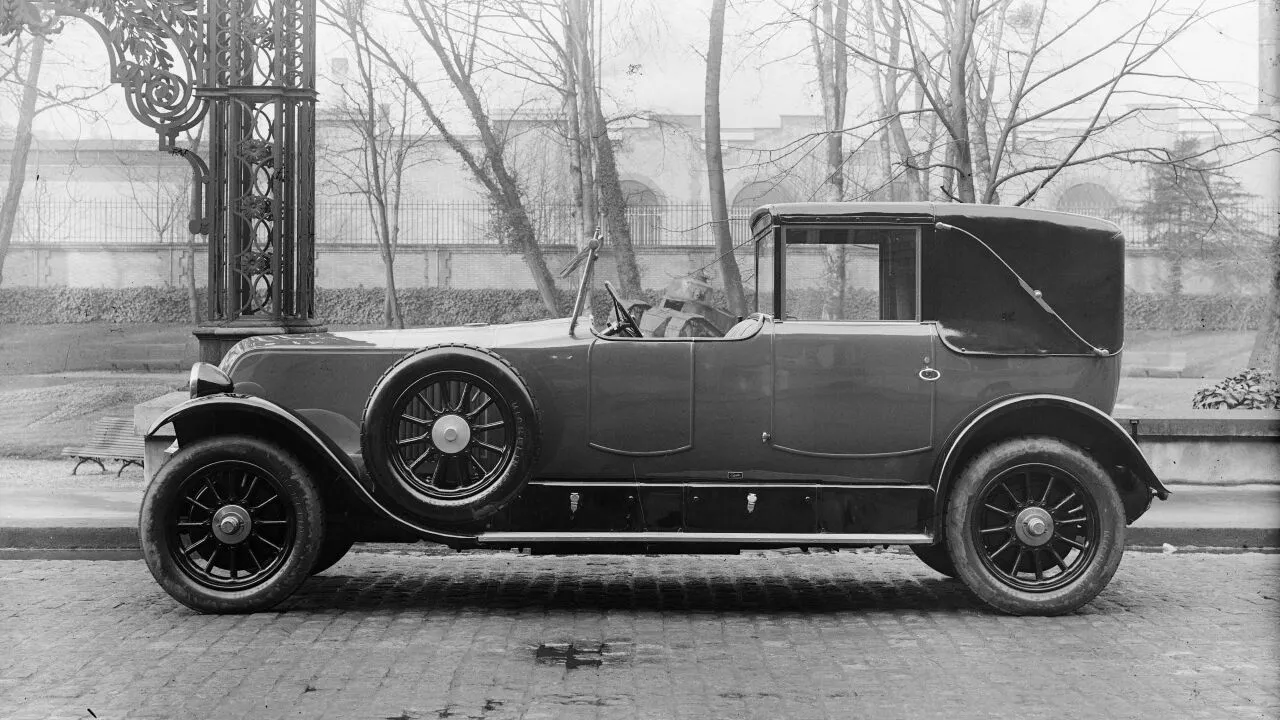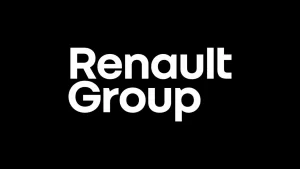INTRODUCTION TO NEW REGULATIONS
Making life better and “Zero Emissions” accessible to all
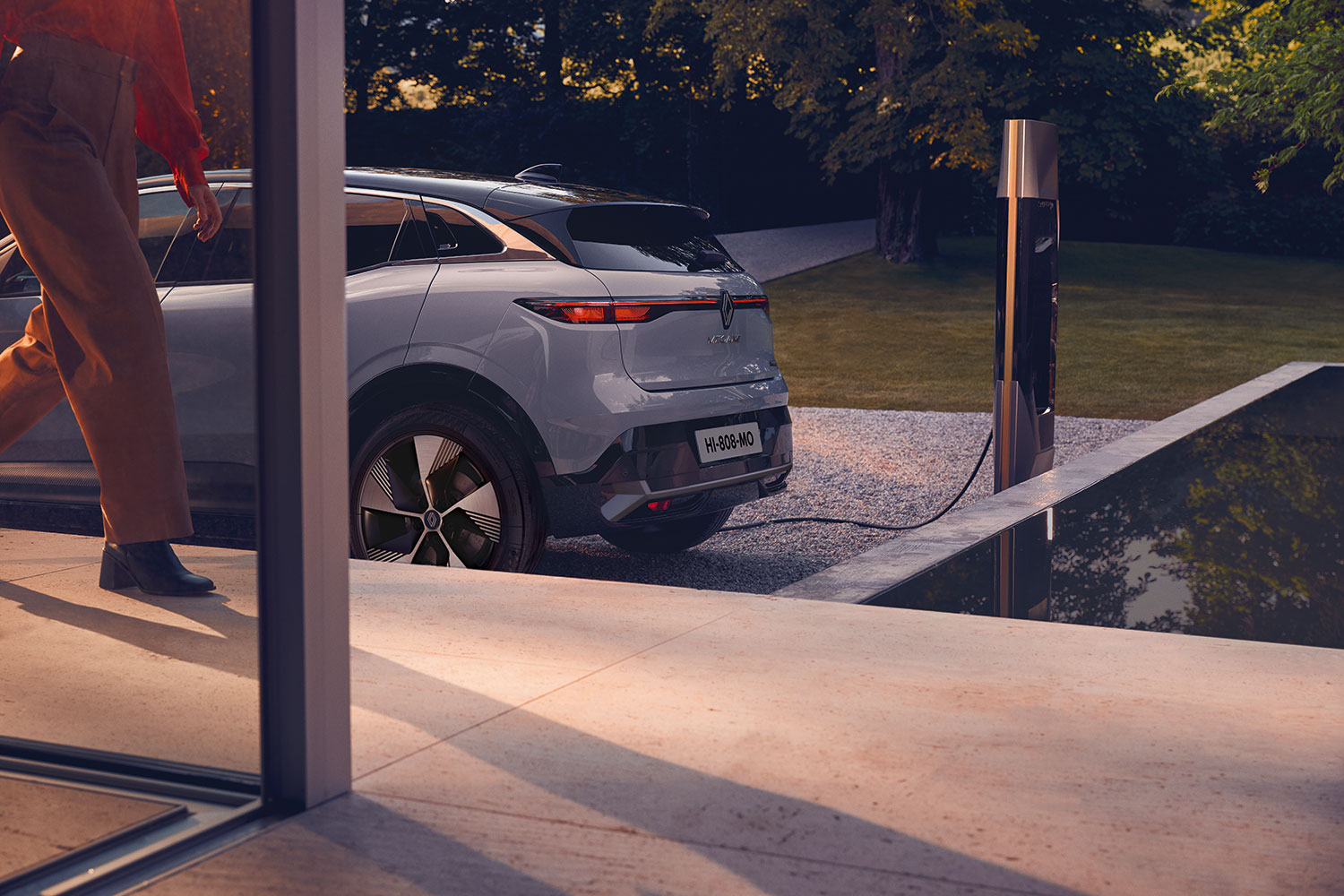
Our promise
At Renault, we strive to make your life better and easier. For decades now, we have been working to offer vehicles that provide greater efficiency and cause less pollution.
We’re committed to reducing the environmental impact of our vehicles and our groundbreaking Zero Emissions (whilst driving) E-Tech technology has propelled Renault to be electric vehicle pioneers in sustainable mobility.
Regulations are changing and we play a role in these changes. It begins with taking into account the new Worldwide Harmonised Light Vehicle Test Procedure (WLTP) for personal cars and light commercial vehicles. This new protocol enables consumers to access fuel consumption and pollutant emission data that reflects the everyday use of their vehicle with much more accuracy.
UNDERSTANDING THE CHANGES IN REGULATIONS
From NEDC to WLTP
Before September 2017, the NEDC laboratory test – a benchmark since the 1990s – was the certification protocol in effect. This protocol became obsolete as it did not keep up with automotive developments. WLTP gradually replaced NEDC.
So, what are some of the key differences? To begin with, the WLTP driving cycle is longer and more accurate than the NEDC. The test speeds are higher (to reflect motorway driving), the temperature range is wider, and all vehicle equipment is taken into account (see below). In short, these improvements produce results that are much closer to what you experience during your everyday journeys.
View the differences between the NEDC and WLTP tests below.
| Features | NEDC | WLTP |
|---|---|---|
| Cycle duration (min) | 20 | 30 |
| Distance (miles) | 6.8 | 14.3 |
| Average speed (mph) | 21.1 | 29.2 |
| Maximum speed (mph) | 74.6 | 81.4 |
| % of downtime | 24 | 13 |
| Results | Test results are far from real-use conditions
One result available by model/engine/gearbox |
Test results are closer to real-use conditions
One minimum and one maximum result per model/engine/gearbox |
As the testing conditions are closer to real-use conditions, they may show higher fuel consumption and emissions compared with brochure information. However, actual daily consumption is not affected. It is simply a more accurate reflection of fuel consumption and emissions which, under WLTP, takes into account the type of vehicle specifically, in addition to the chosen equipment and options. Furthermore, this measurement will be assessed based on a range of results recorded during the test (as opposed to a single result per model for the NEDC protocol).
Real Driving Emissions (RDE)
Even though the conditions of the WLTP test cycles are stricter than those of the NEDC protocol, they still do not take into account all the parameters of a vehicle’s real use, which is where the Real Driving Emissions (RDE) test comes in.
Performed on roads under true driving conditions, this test complements the WLTP certification by verifying a vehicle’s actual pollution emission levels.
Groupe Renault has already begun to provide its customers with the results of RDE pollutant emission tests on new vehicles registered after May 2016. For more information, visit group.renault.com/en/rde-2/.
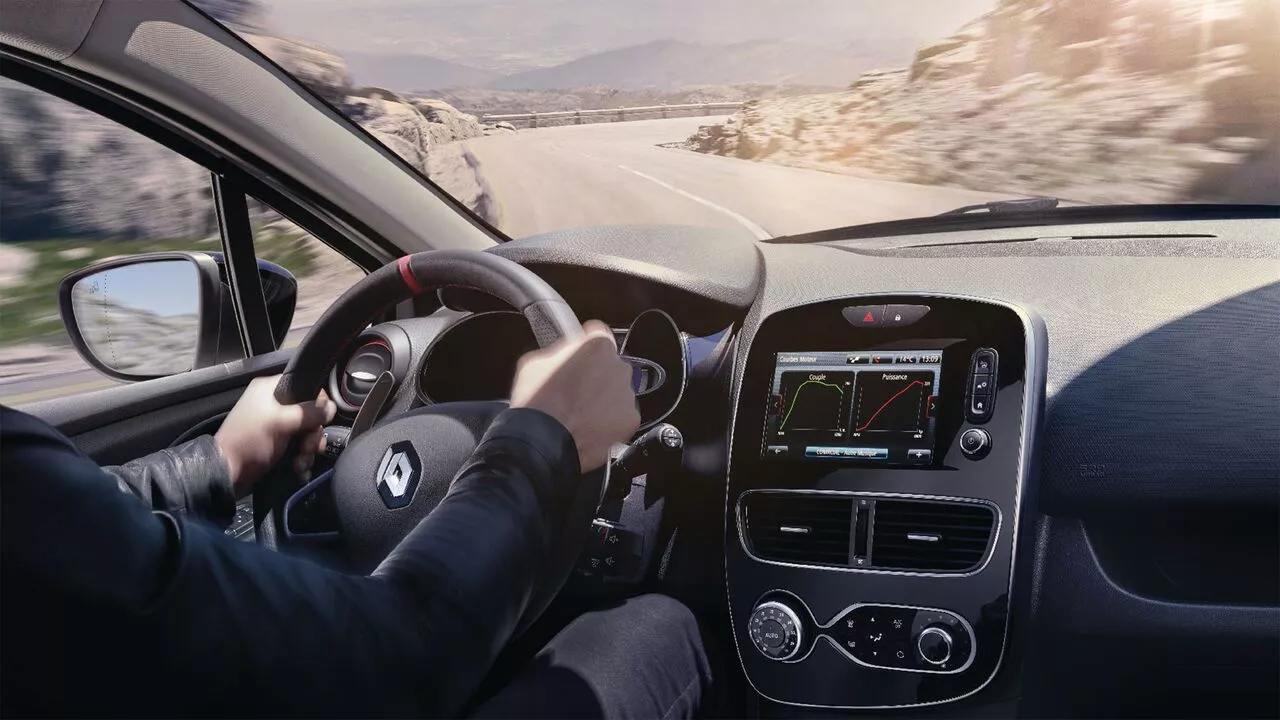
Timing
-
- From September 2017 to September 2018, all new-to-market vehicles (new model/engine) must be certified under the WLTP test.
- From September 2018, all new vehicles sold in dealerships must be certified using WLTP.
- Until the end of 2018, to simplify the process, regulatory authorities have asked all manufacturers to continue to communicate only the NEDC results. Accordingly, the results of all WLTP-certified vehicles must be converted to their NEDC equivalent until early 2019. These data will be used to calculate the relevant tax status in the different countries affected.
- As from January 2019, all published data will be only WLTP values.
- In parallel to the implementation of the WLTP certification protocol, the emission standard that vehicles have to respect is evolving step by step to reduce the environmental impact of vehicles. This will ultimately lead to the roll-out of the Euro 6D standard in January 2020.
What this means for you
It’s important to note that neither vehicle performance nor actual fuel consumption is affected, regardless of the certification protocol followed.
However, the CO2 levels and fuel consumption data published by manufacturers will naturally increase, since the new WLTP protocol better reflects the vehicle’s everyday use.
Simply stated, WLTP is more accurate than NEDC, but it doesn’t change the actual performance or consumption of your vehicle.
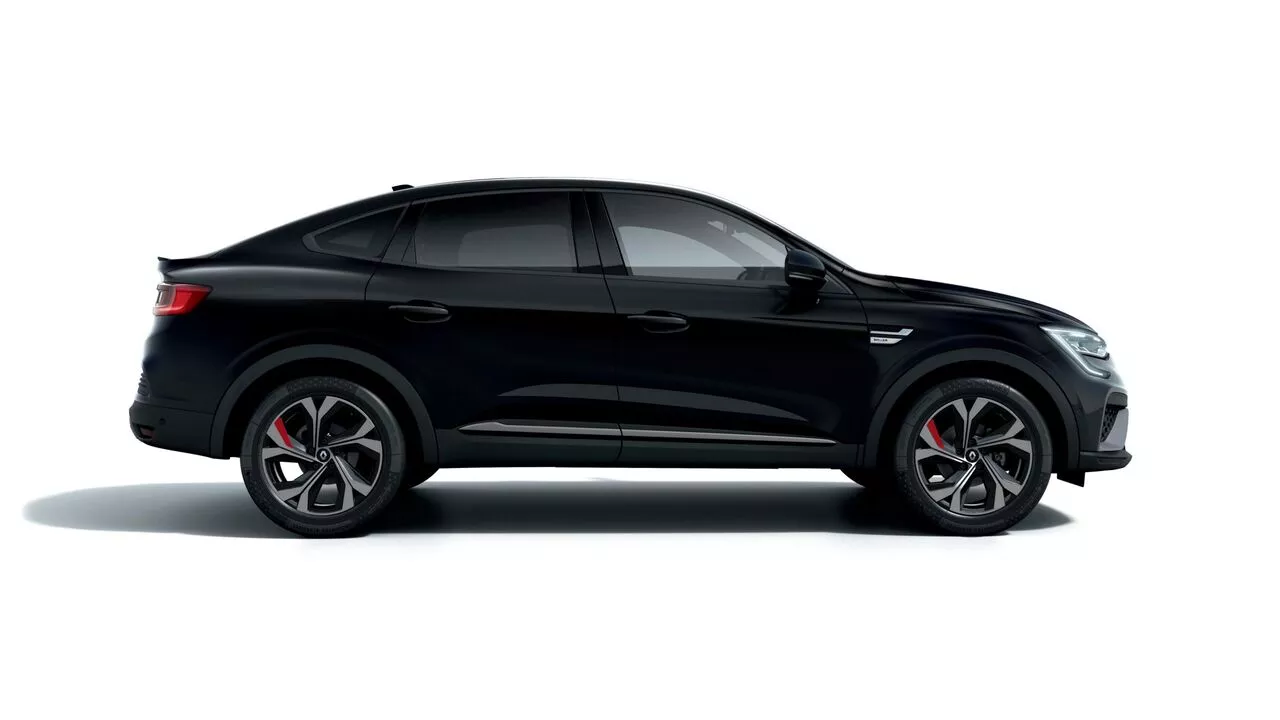
ARKANA
Arkana joins the wide range of Renault 5-star Euro NCAP rated cars and becomes one of the safest car its category! Featuring safety features as standard such as Automatic Emergency Braking System (AEBS), Lane Departure Warning and Lane Keep Assist – you don’t have to make any compromises on safety.
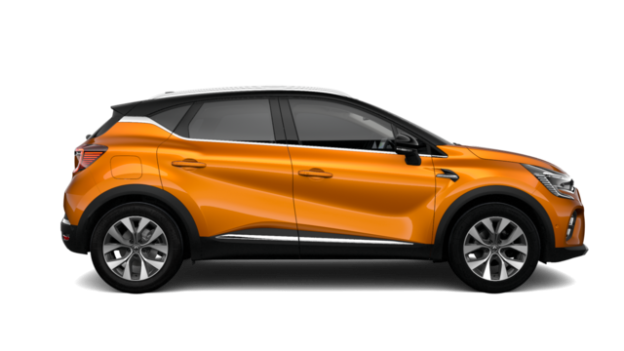
All-New CAPTUR
All-New CAPTUR joins the wide range of Renault 5-star Euro NCAP rated cars and becomes one of the safest car its category! Featuring safety features as standard such as Automatic Emergency Braking System (AEBS), Lane Departure Warning and Lane Keep Assist – you don’t have to make any compromises on safety with All-New CAPTUR!
RENAULT SAFETY TIMELINE
